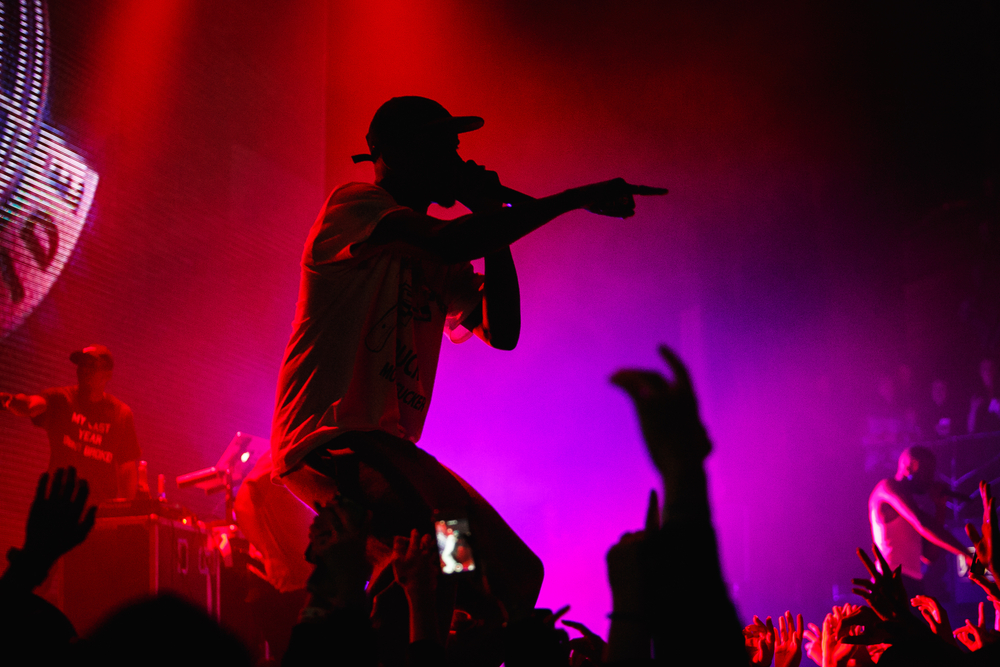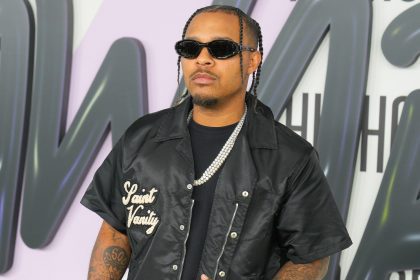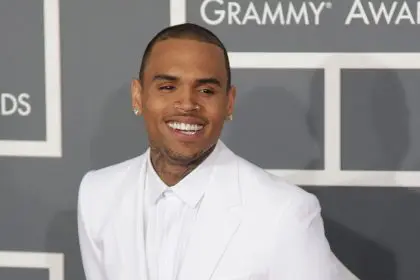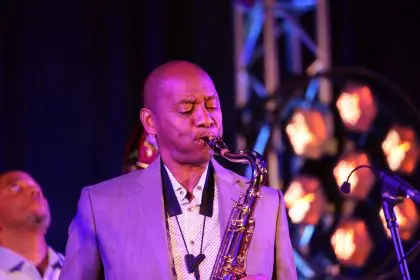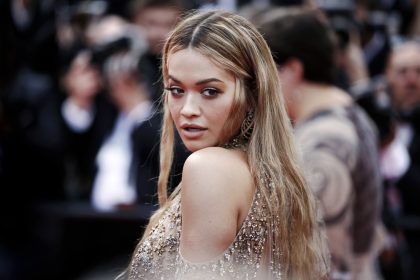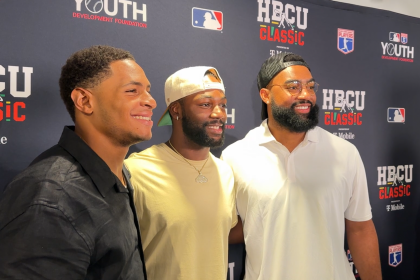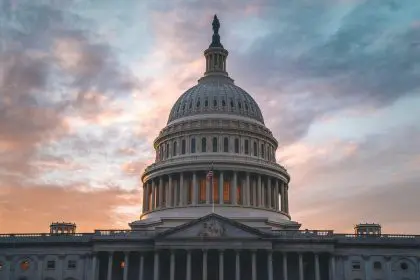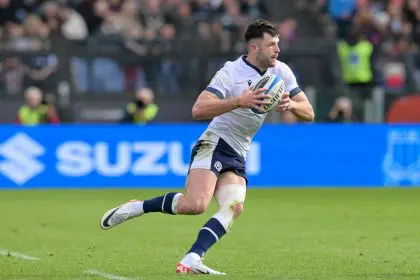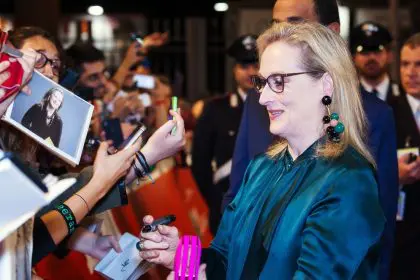In the ever-shifting terrain of contemporary music, hip-hop continues to demonstrate its remarkable capacity for reinvention. The year 2025 marks a pivotal moment where a new generation of artists challenges established paradigms, bringing unprecedented creativity and diversity to the genre.
Rapper’s diversity and regional innovation
The emerging rap scene represents a vibrant mosaic of regional sounds and artistic approaches. From the energetic DMV crank scene to Chicago’s drill landscape and Atlanta’s experimental wave, these artists are not merely participating in hip-hop’s evolution—they are actively sculpting its future.
Regional scenes and artistic movements
The current musical landscape reveals distinct regional characteristics that contribute to hip-hop’s rich tapestry. Chicago’s drill scene, for instance, continues to produce artists who blend raw storytelling with intricate musical arrangements. The DMV region generates performers who bring unpredictable energy and innovative sonic textures.
Emerging archetypes
Several distinct artistic archetypes emerge among these rising talents. Some artists like Samara Cyn blend spoken word poetry with rap, creating multilayered narratives. Others, such as Edward Skeletrix, push experimental boundaries, challenging traditional genre constraints.
Technological and cultural intersections
The new generation of rappers demonstrates a profound understanding of technology’s role in music production and distribution. Artists like 2hollis and Nettspend leverage digital platforms to create immersive experiences that transcend traditional musical formats.
Thematic explorations
These emerging artists are not just creating music—they’re crafting complex narratives about identity, struggle, and transformation. Performers like Errol Holden and Lexa Gates offer deeply personal storytelling that resonates beyond musical performance, reflecting broader social experiences.
Collaborative and independent dynamics
The contemporary rap ecosystem increasingly blurs lines between independent and mainstream trajectories. Artists like LaRussell demonstrate how targeted online presence and strategic collaborations can generate significant momentum without traditional industry infrastructure.
Gender and representation
The 2025 rap landscape showcases increased gender diversity, with performers like STAR BANDZ and Ceechynaa challenging historical male dominance in the genre. Their work represents more than musical innovation—it signifies broader cultural shifts.
Aesthetic and stylistic complexity
Musical complexity defines this generation. Artists such as Che and 1oneam demonstrate remarkable versatility, seamlessly blending genres and challenging listeners’ expectations. Their work suggests hip-hop’s continued potential for reinvention.
Economic and cultural implications
Beyond musical innovation, these artists represent significant economic and cultural forces. Their success depends not just on musical talent but on authenticity, digital savviness, and ability to connect with increasingly fragmented audiences.
The broader cultural context
These emerging artists are not creating music in isolation but responding to complex social landscapes. Their work reflects generational experiences of technology, social media, economic uncertainty, and rapid cultural transformation.
Future trajectories
While predicting musical trajectories remains challenging, several trends seem evident. Continued genre blending, increased technological integration, and more personal, nuanced storytelling will likely characterize hip-hop’s evolution. These elements have already begun reshaping the industry, setting the stage for a future where the lines between musical styles blur even further. The cross-pollination of sounds—from drill and lo-fi to electronic-infused rap—demonstrates an ever-expanding sonic palette that refuses to be confined by traditional boundaries.
Technology, too, will play a significant role in shaping hip-hop’s future. From AI-assisted production tools to blockchain-based artist compensation models, the digital revolution is offering rappers unprecedented control over their artistry and earnings. Independent artists can now bypass traditional gatekeepers, leveraging social media platforms and streaming services to build organic fanbases and distribute music directly to audiences. As this trend continues, mainstream record labels may find themselves adapting to a rapidly decentralizing industry where independent success is no longer the exception but the rule.
Lyrically, hip-hop’s storytelling is poised to reach new depths. As cultural and political landscapes evolve, so too will the narratives within the music. Themes of mental health, generational struggles, economic instability, and racial identity will likely take center stage, reflecting the realities faced by both artists and their audiences. The new wave of rappers understands that authenticity resonates more than ever, and their music serves as both a mirror and a megaphone for lived experiences.
The 25 artists highlighted represent more than just a promising group of musicians. They embody a profound cultural moment—one where musical innovation intersects with social commentary, technological possibility, and generational experience. These artists are not simply following trends; they are redefining them, pushing the genre into uncharted territories with each release. Whether through sonic experimentation, genre fusion, or candid storytelling, they are collectively shaping the sound of tomorrow.
Hip-hop continues to demonstrate its remarkable capacity for reinvention, with these artists serving as crucial architects of its ongoing transformation. Their work suggests that the genre’s future remains not just vibrant, but revolutionary. As their influence grows, so will their ability to challenge industry norms, giving rise to new ways of engaging with audiences and crafting meaningful artistic statements.
As the musical landscape continues to shift, one certainty emerges: **hip-hop’s capacity for innovation remains boundless. Each new generation finds novel ways to express complex human experiences through rhythm, poetry, and sound. Whether through traditional lyricism, digital landscapes, or cross-genre collaborations, the genre will continue to break barriers, ensuring that hip-hop remains a defining force in global culture for years to come.

